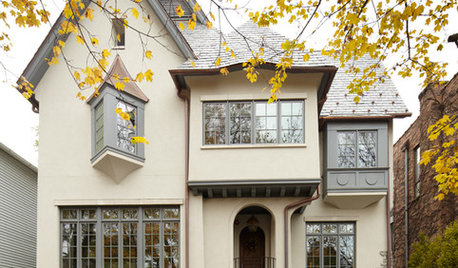Please compare: Lady Emma Hamilton, Carding Mill, Summer Song
gardenerzone4
12 years ago
Featured Answer
Comments (24)
stlgal
12 years agomike_rivers
12 years agoRelated Professionals
Wrentham Landscape Architects & Landscape Designers · Fitchburg Landscape Architects & Landscape Designers · Forest Acres Landscape Architects & Landscape Designers · Gainesville Landscape Contractors · Allentown Landscape Contractors · Federal Way Landscape Contractors · Porterville Landscape Contractors · Quincy Landscape Contractors · Selden Landscape Contractors · Shoreview Landscape Contractors · Snoqualmie Landscape Contractors · Stony Brook Landscape Contractors · Watertown Landscape Contractors · Webster Groves Landscape Contractors · Woodbury Landscape Contractorsseil zone 6b MI
12 years agostlgal
12 years agoUser
12 years agostlgal
12 years agogardenerzone4
12 years agoUser
12 years agojohn_ca
12 years agobethnorcal9
12 years agocaldonbeck
12 years agoTerry Crawford
12 years agostlgal
12 years agothe_bustopher z6 MO
12 years agostlgal
12 years agothe_bustopher z6 MO
12 years agodublinbay z6 (KS)
12 years agoTerry Crawford
12 years agothe_bustopher z6 MO
12 years agostlgal
12 years agogardenerzone4
12 years agoUser
12 years agoSoFL Rose z10
8 years ago
Related Stories

MOST POPULARA Fine Mess: How to Have a Clean-Enough Home Over Summer Break
Don't have an 'I'd rather be cleaning' bumper sticker? To keep your home bearably tidy when the kids are around more, try these strategies
Full Story
PETSSo You're Thinking About Getting a Dog
Prepare yourself for the realities of training, cost and the impact that lovable pooch might have on your house
Full Story
MOST POPULAR11 Nominees for the ‘She Shed’ Hall of Fame
These special sanctuaries let busy women get away from it all without leaving the backyard
Full Story
GARDENING GUIDES6 Plants That Beat Butterfly Bush for the Wildlife Draw
It's invasive, a nonnative and a poor insect magnet. Check out these better alternatives to butterfly bush in the garden
Full Story
ARCHITECTUREWhat’s Fueling Austin’s Edgy Modern Architecture?
A look at the blossoming design scene in Texas’ capital city — and what’s behind all the experimentation
Full Story
HOUSEKEEPINGHow to Tackle Your Home To-Dos
Make quick work of minor repairs and replacements with this thorough, step-by-step approach
Full Story
PETS50 Dog Photos Worth a Wag
Design hounds: Share in the pet love with Houzzers' snapshots of their beloved dogs at home, in the workshop and at play
Full Story
LIFE10 Ways to Work Through Grief Triggers During the Holidays
A year after losing her sister, she was facing another holiday. Here’s how one woman learned to find joy again
Full Story
FUN HOUZZDoes Your Home Have a Hidden Message?
If you have ever left or found a message during a construction project, we want to see it!
Full Story
MOST POPULAR10 Things to Ask Your Contractor Before You Start Your Project
Ask these questions before signing with a contractor for better communication and fewer surprises along the way
Full StoryMore Discussions






john_ca